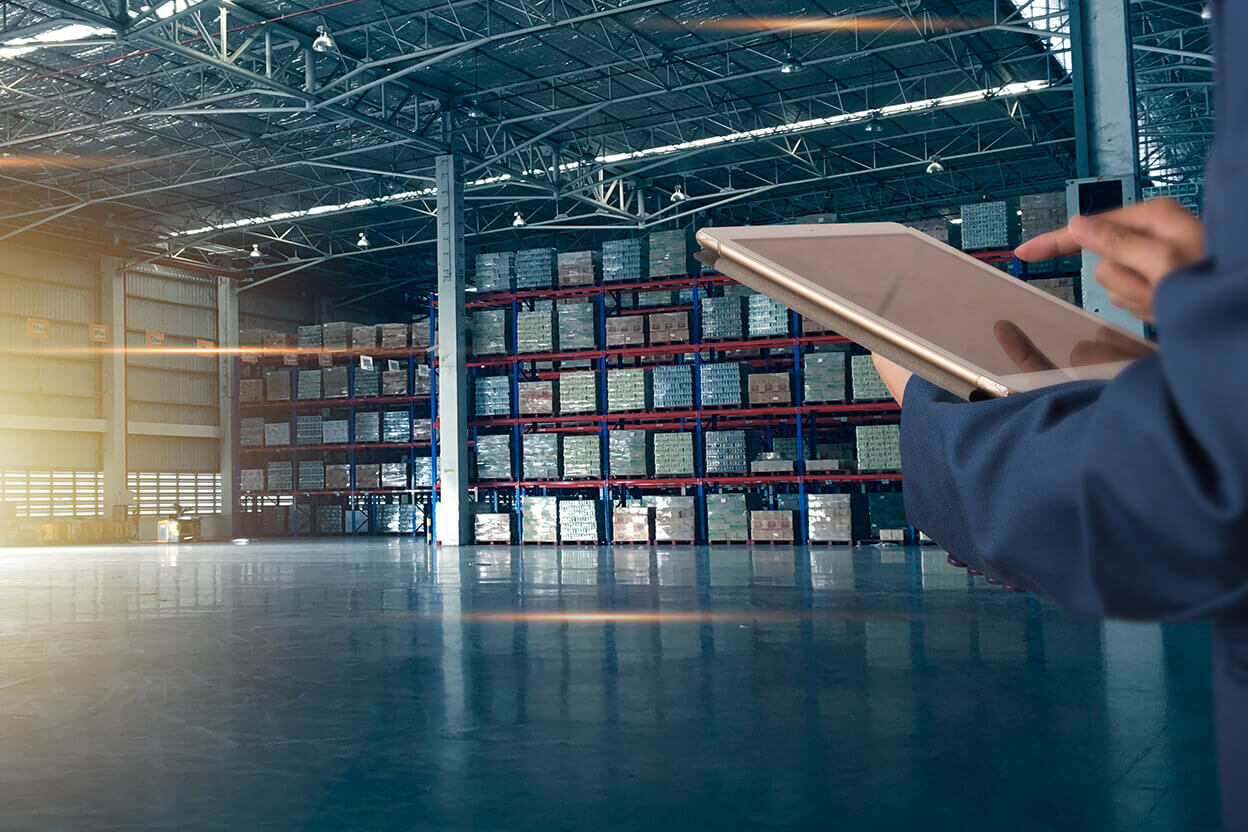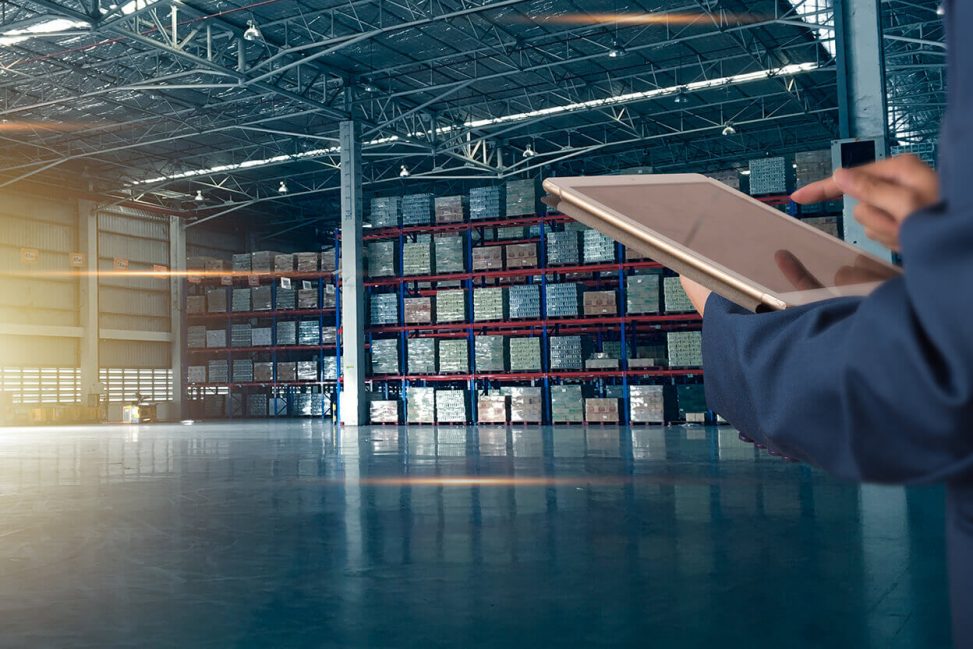While the containment caused by the Covid-19 crisis has shaken the supply chain, it has also revealed its strong resilience. Several lessons can now be learned to ensure the continuity of supply chains in all circumstances.

Despite the difficulties they faced in the spring of 2020, supply chains continued to operate. However, they faced two simultaneous crises: “a supply crisis and a distribution crisis. However, thanks to their responsiveness, several distribution centres have been able to remain open, which was often an achievement given the anxious context and a totally unpredictable volume of activity,” said Grégoire Koudrine, Director of Supply Chain at Manutan Group.
Resilience at the heart of Supply Chain’s new challenges
Admittedly, the supply chain has been reactive. Nevertheless, the health crisis in Covid-19 has shown the fragility of globalized supply chains. To the point of putting their resilience at the heart of the new challenges facing all logistics managers and warehouse managers today. Post-covid thinking will have to focus on new priorities: how to make supply chains more resilient and sustainable at the same time?
Resilience and short circuits
Strategically, it appears essential “to reduce the dependence of supply chains on China. For this, a revision of the master schemes and associated goods flows will be inevitable,” stresses Grégoire Koudrine. One of the potential responses to China’s dependence is to refocus supply chains on more local markets, focusing on the circular economy and short circuits. From this point of view, and this is not its least advantage, the search for resilience of supply chains can become a powerful lever for action in favor of corporate CSR policy.
Resilience and transparency
Moreover, transparency is also expected to become an important factor in the resilience of the supply chain. Not only because transparency brings better visibility to the entire value chain, but also because it solidifies each of the supply chain. It will, for example, require industrialists to give their relationships with their suppliers a more collaborative dimension, while at the same time encouraging them to exemplify them. As Grégoire Koudrine points out, it will be important in the future to “make the various interlocutors speak to establish and collectively define assumptions of turnover, sales and therefore supply. Only a cross-cutting and shared vision can make the most rational decisions possible.”
Resilience and visibility
The collaborative and collaborative spirit that inspires the players of the supply chain today also brings more visibility. It promotes more accurate risk mapping, particularly with respect to supplier risks. Better informed upstream, companies are also better able to prevent the risk of shortages. They can make the right decisions to distribute supplies, manage inventory, cash flow and prevent potential market losses. This increased search for visibility can include:
- The development of alternative business models, conducive to the identification of new suppliers;
- Creating new alert systems and reporting tools
- reliability of internal and external communication protocols.
Resilience and agility
By definition, and despite all the precautions taken, economic life still retains a share of unpredictability. To cope, the agility and flexibility of supply chains will be major resilience factors.
More than ever, in the very changing context we know, the supply chain must be able to anticipate new needs and adapt to them as soon as they are expressed. “The agility of logistics structures should, for example, allow the organization of warehouses to be modified in record time,” explains Grégoire Koudrine. For example, in the face of chain disruptions caused by containment, Manutan did not hesitate to solicit its administrative teams, sales teams or its teams previously responsible for incoming calls, to switch them to outgoing calls. This initiative has helped to maintain a permanent link with customers and provide them with all the reinsurance elements for their orders. Another example, as telework becomes democratized, why not offer the delivery of orders placed by employees in telework at home rather than at their office?
Resilience and creativity
In a world of profound change, it is better to focus on the future rather than the past. This is the raison d’être of Supply Chain Zero (ZBSC). It is based on a principle of creativity, i.e. a review of current practices, in particular on a constant reset of reference costs. In a context of high uncertainty, it is likely that the logistics cost structure will place new emphasis on variable rather than fixed costs. In this regard, it may be appropriate to deploy an investment policy focused on data processing and the digitalization of the supply chain. Its objective will not be so much to design the supply chain around a strategy of cost reduction as to promote the constant search for value creation and the emergence of new ideas. Each unforeseen event can immediately be analysed quickly and given an immediate solution adapted to the situation, whether it is proven or unpublished. This is probably how resilience can be fully achieved.


Leave a Reply
You must be logged in to post a comment.